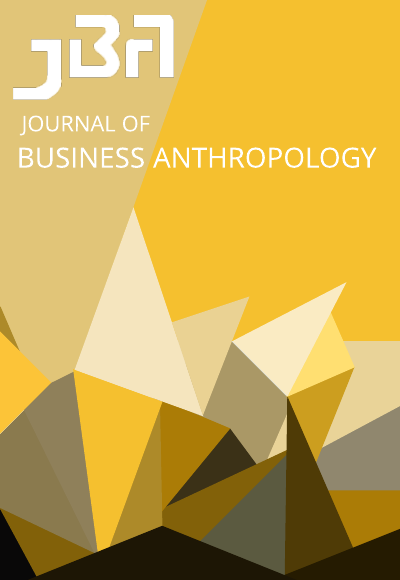How an Animation Production Studio Survived the Pandemic: The Case of Graphinica, Inc.
DOI:
https://doi.org/10.22439/jba.v11i2.6778References
AJA (The Association of Japanese Animations). 2021. Anime Sangyou Repōto (Report on Anime Industry). Tokyo: The Association of Japanese Animations.
Condry, Ian. 2013. The Soul of Anime: Collaborative Creativity and Japan’s Media Success Story. Durham, NC: Duke University Press. https://doi.org/10.1215/9780822397557
Kato, Jun, Ryotaro Mihara and Nao Hirasawa. 2021. Past, present, and future of storyboarding in Japanese animation. Paper presented at Society for Animation Studies Conference, Online, 16 June 2021.
Matsunaga, Shintaro. 2020. Animētā wa Dou Hataraite irunoka: Atsumatte Hataraku Furīransā tachi no Roudou Shakaigaku (How Animators Work: The Labor Sociology of Freelancers that Gather). Kyoto: Nakanishiya Pubkishing. https://doi.org/10.5690/kantoh.2020.6
Mihara, Ryotaro. 2020. Involution: A perspective for understanding the Japanese animation’s domestic business in a global context. Japan Forum 32(1): 102-125. https://doi.org/10.1080/09555803.2018.1442362
Van Maanen, John. 1988. Tales of the Field: On Writing Ethnography. Chicago, IL: University of Chicago Press.
Winder, Catherine and Zahra Dowlatabadi. 2020. Producing Animation. Boca Raton, FL: CRC Press. https://doi.org/10.1201/9780429490521
Downloads
Published
Issue
Section
License
Authors who publish with this journal agree to the following terms:
- Authors retain copyright and grant the journal right of first publication with the work simultaneously licensed under a Creative Commons Attribution License that allows others to share the work with an acknowledgement of the work's authorship and initial publication in this journal.
- Authors are able to enter into separate, additional contractual arrangements for the non-exclusive distribution of the journal's published version of the work (e.g., post it to an institutional repository or publish it in a book), with an acknowledgement of its initial publication in this journal.
- Authors are permitted and encouraged to post their work online (e.g., in institutional repositories or on their website) prior to and during the submission process, as it can lead to productive exchanges, as well as earlier and greater citation of published work (See The Effect of Open Access).



